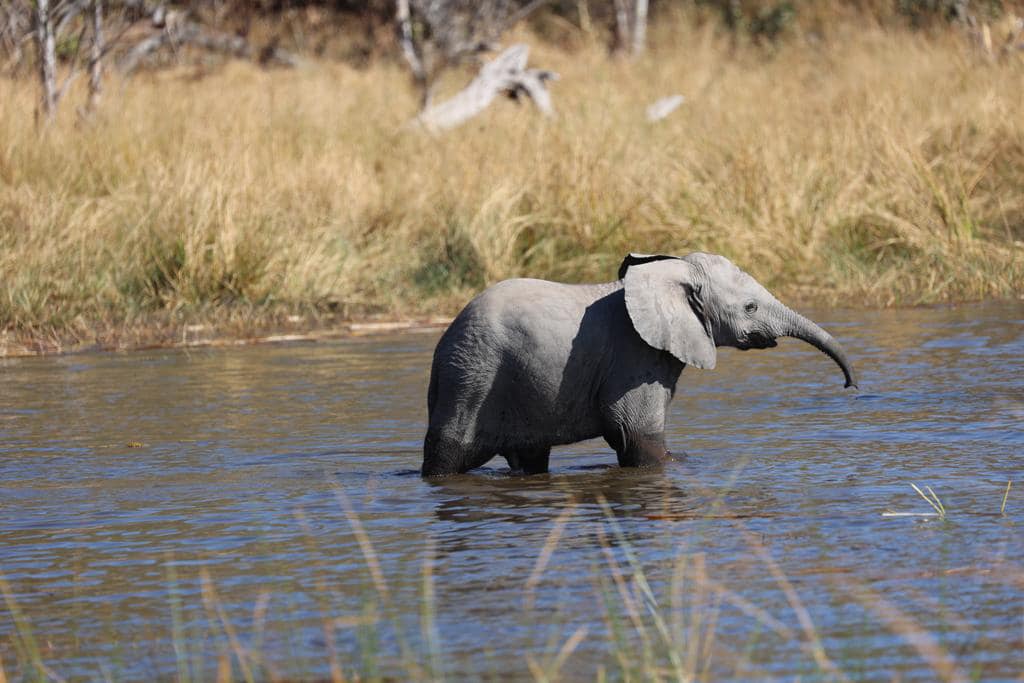
The Okavango Delta is one of the world’s largest inland deltas and a natural wonder of Botswana. Formed over thousands of years, the delta is created by the Okavango River, which flows from the highlands of Angola into the Kalahari Desert. Instead of flowing into the sea, the river spreads out across a vast flat basin, flooding the region seasonally.
This unique phenomenon results in a lush, vibrant wetland in the middle of an arid desert, supporting a rich diversity of wildlife and plant species. The seasonal flooding transforms the landscape into a thriving ecosystem, attracting millions of birds, large herds of mammals, and predators alike, making it one of Africa’s premier safari destinations.
When to Visit?
The best time to visit the Okavango Delta depends on what you want to experience:
April to May (Early Flood Season): The floodwaters begin to arrive, creating unique water-based safari experiences.
June to August (Dry Season and Peak Wildlife Viewing): The floodwaters arrive and concentrate animals around permanent water sources, making wildlife sightings spectacular.
September to November (End of Dry Season): The delta starts to dry up, but wildlife is still abundant, and the weather is warm.
December to March (Wet Season): The landscape is lush and green with plenty of birdlife and newborn animals, but some areas may be inaccessible due to flooding.

What to Bring?
Binoculars, torch, insect repellent, lip salve, sunscreen, sunglasses. Cosmetics, medications, and cigarettes are all available in the major towns, but if specific brand names are needed, it is best to bring enough to last your stay.
However, care needs to be taken to comply with international aviation security regulations for items in carry-on luggage and customs regulations.
What to Wear?
● In summer, lightweight, light-colored cotton is preferable.
● Garments of neutral colors that blend with the bush and forest are advisable for safaris and game viewing.
● Avoid synthetic materials and black clothing, as they increase perspiration and discomfort.
● Bring a lightweight jacket and/or jersey for unexpected temperature changes or rain.
● In winter, wear trousers, long-sleeved shirts/blouses, and jerseys.
● From May to August, night temperatures can fall below zero degrees Celsius, so warm jerseys and jackets are vital, especially on morning and evening game drives.
● Closed, comfortable walking shoes or gym shoes are a must in all seasons.
● Special attention should be given to protection from the sun. Bring a sun hat, good quality sunscreen, sun lotion, and polarized sunglasses.
● Wide-brimmed hats are preferable to baseball caps.
